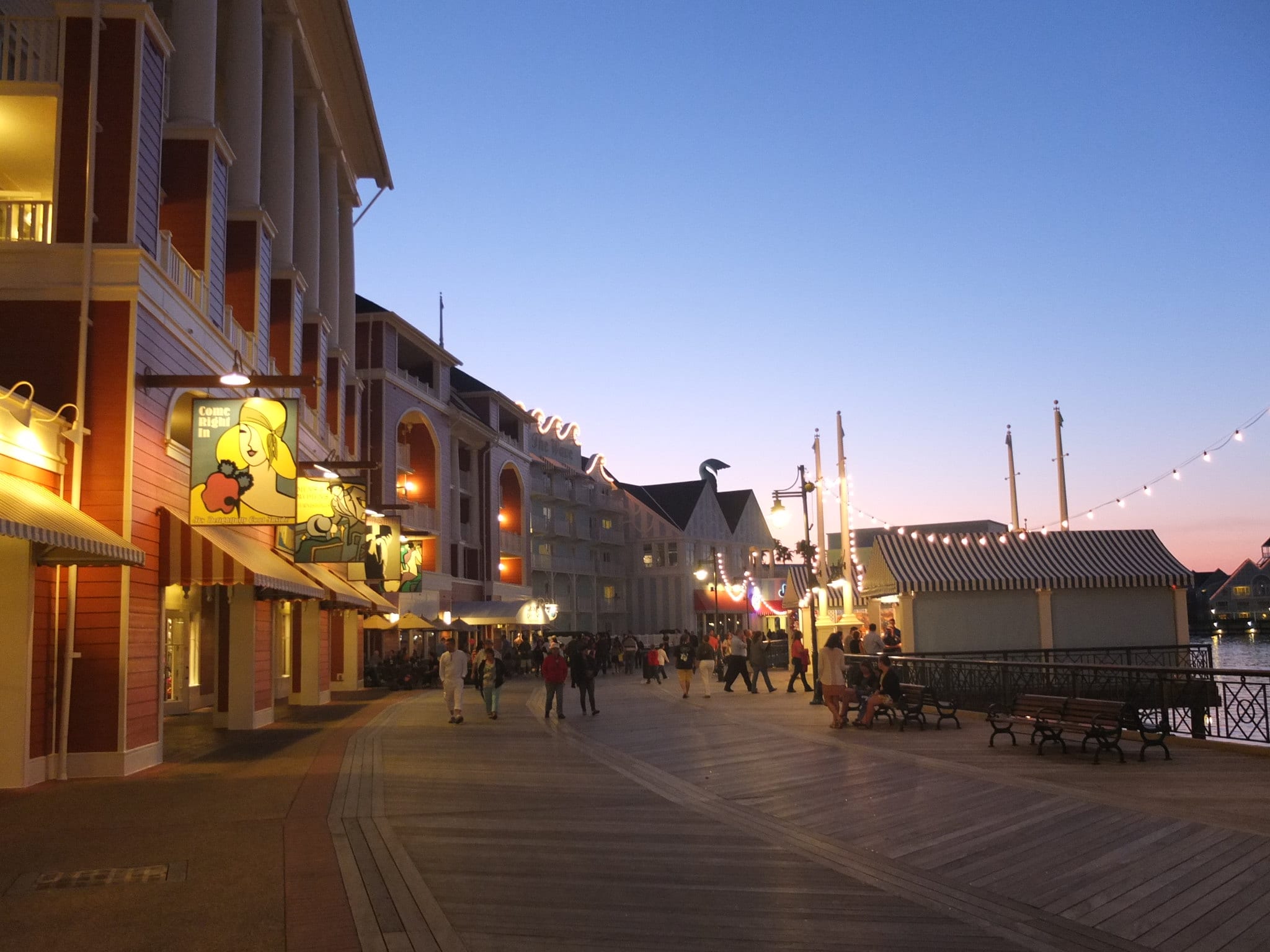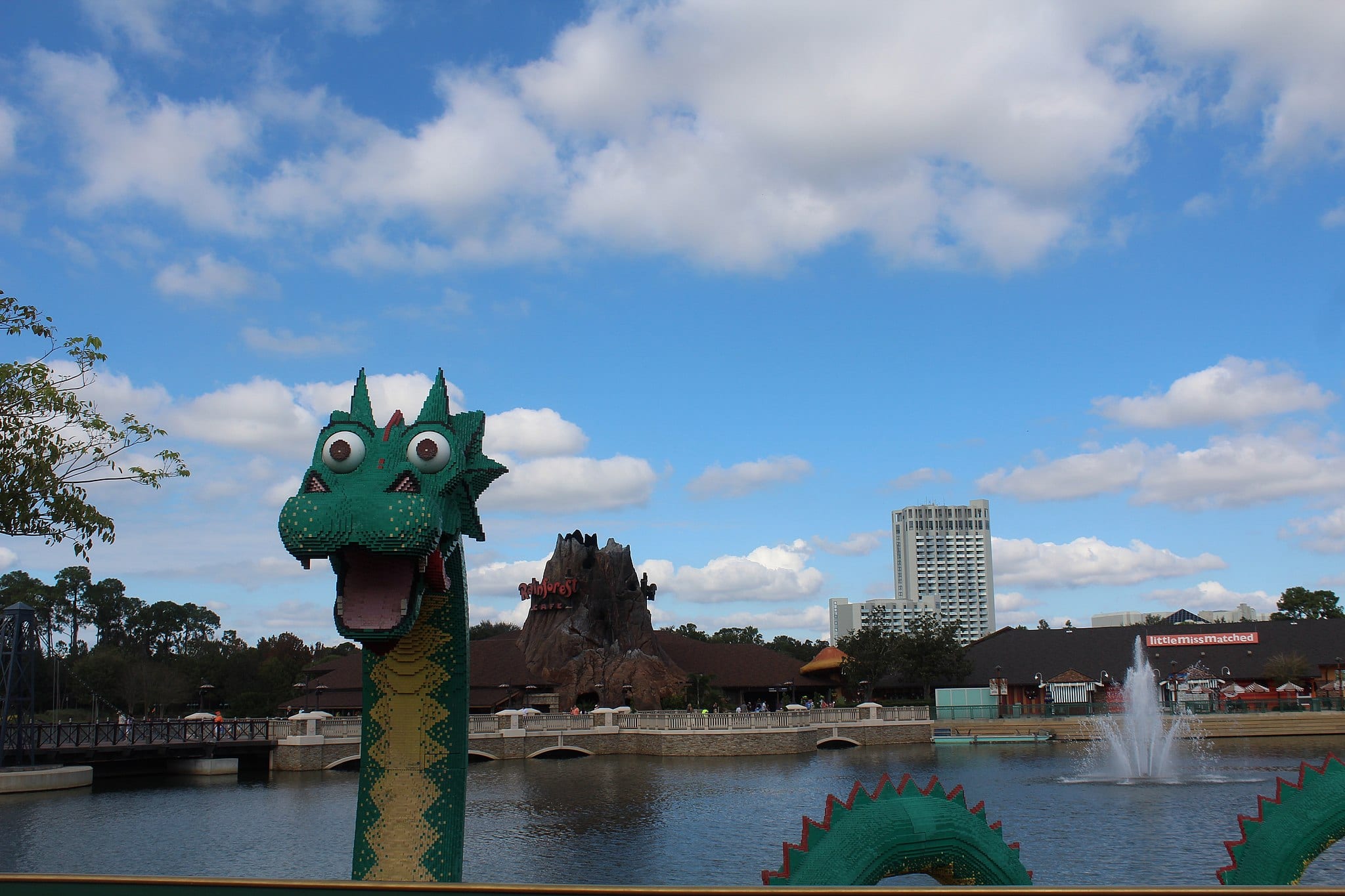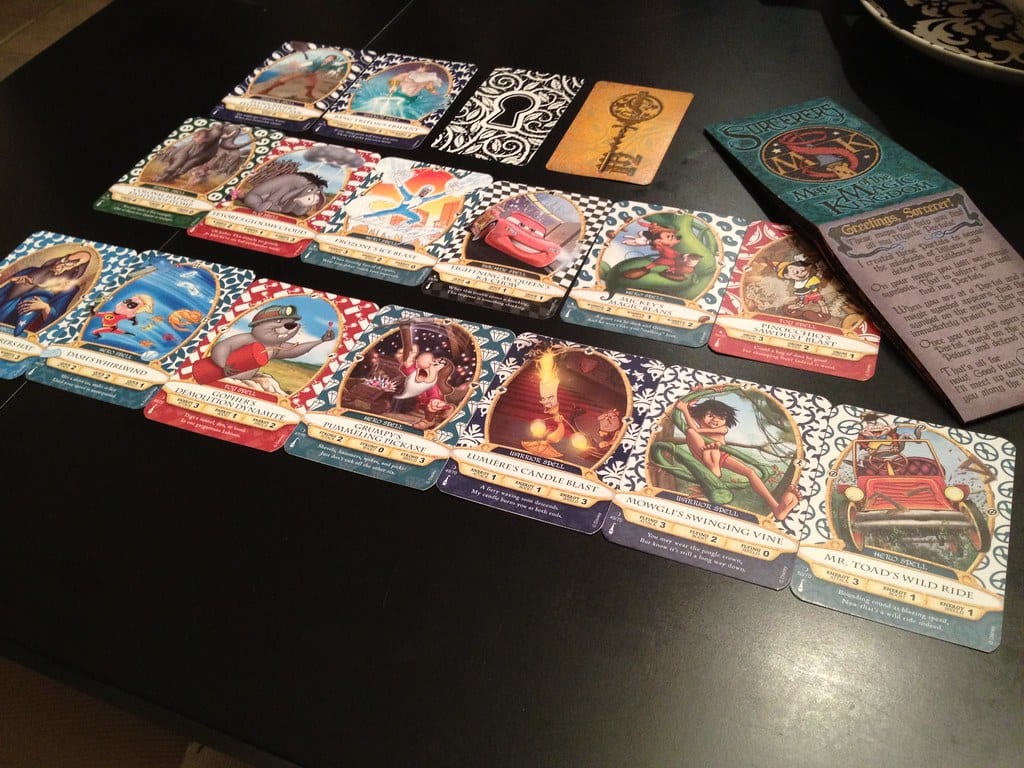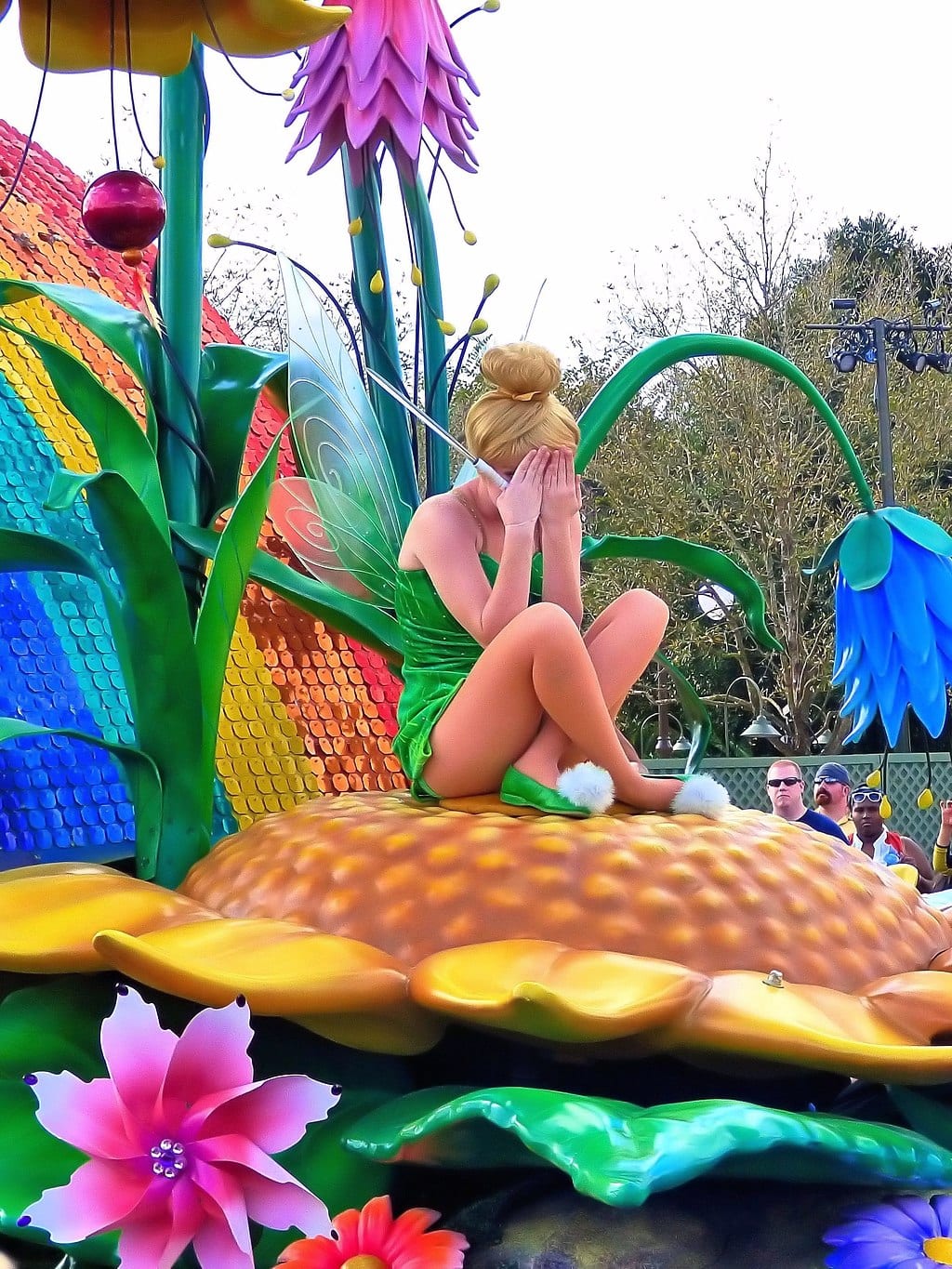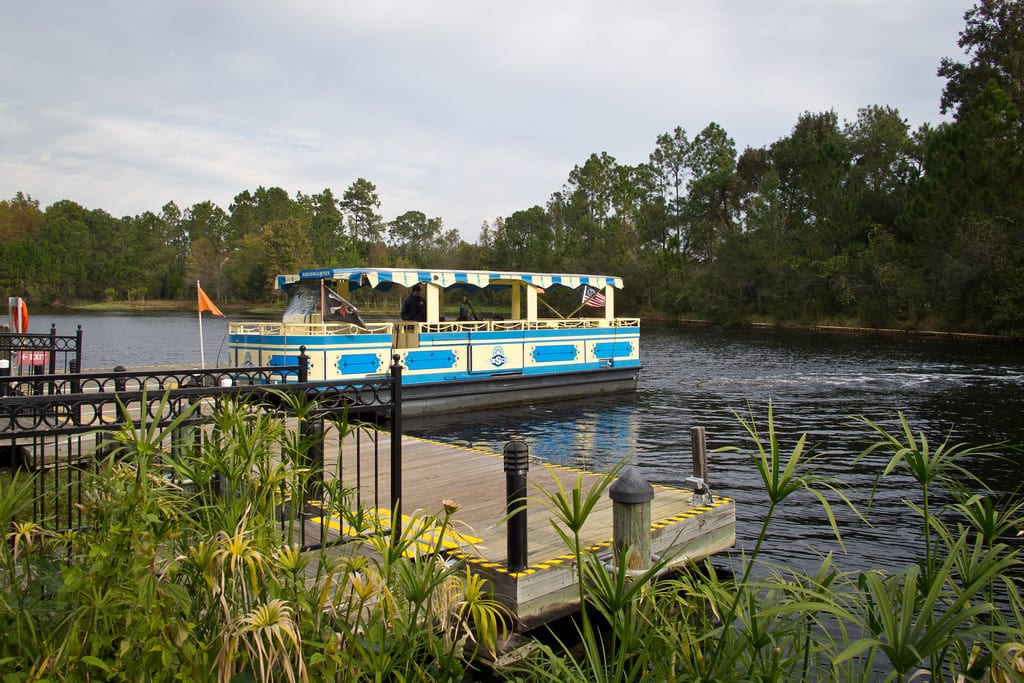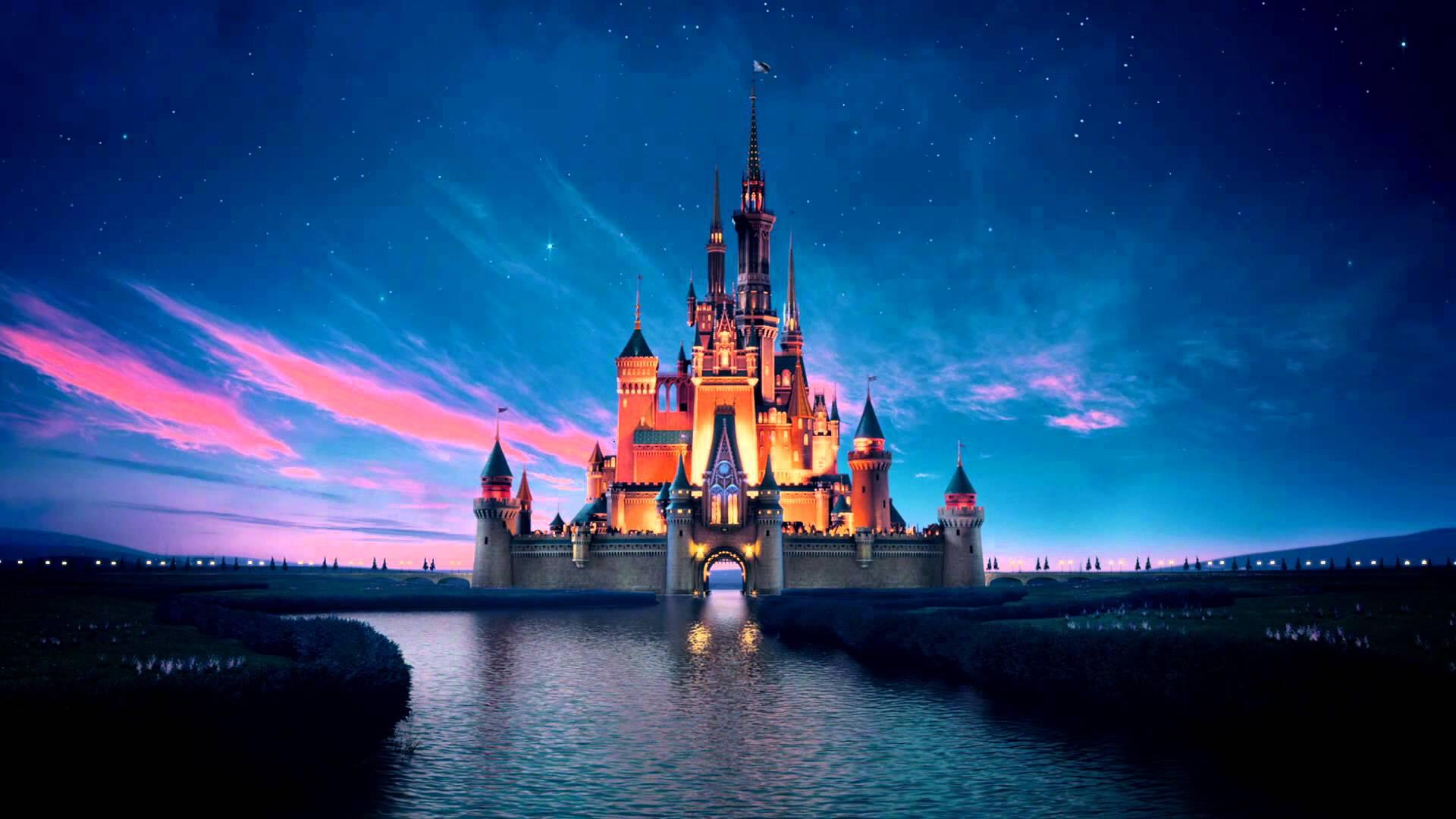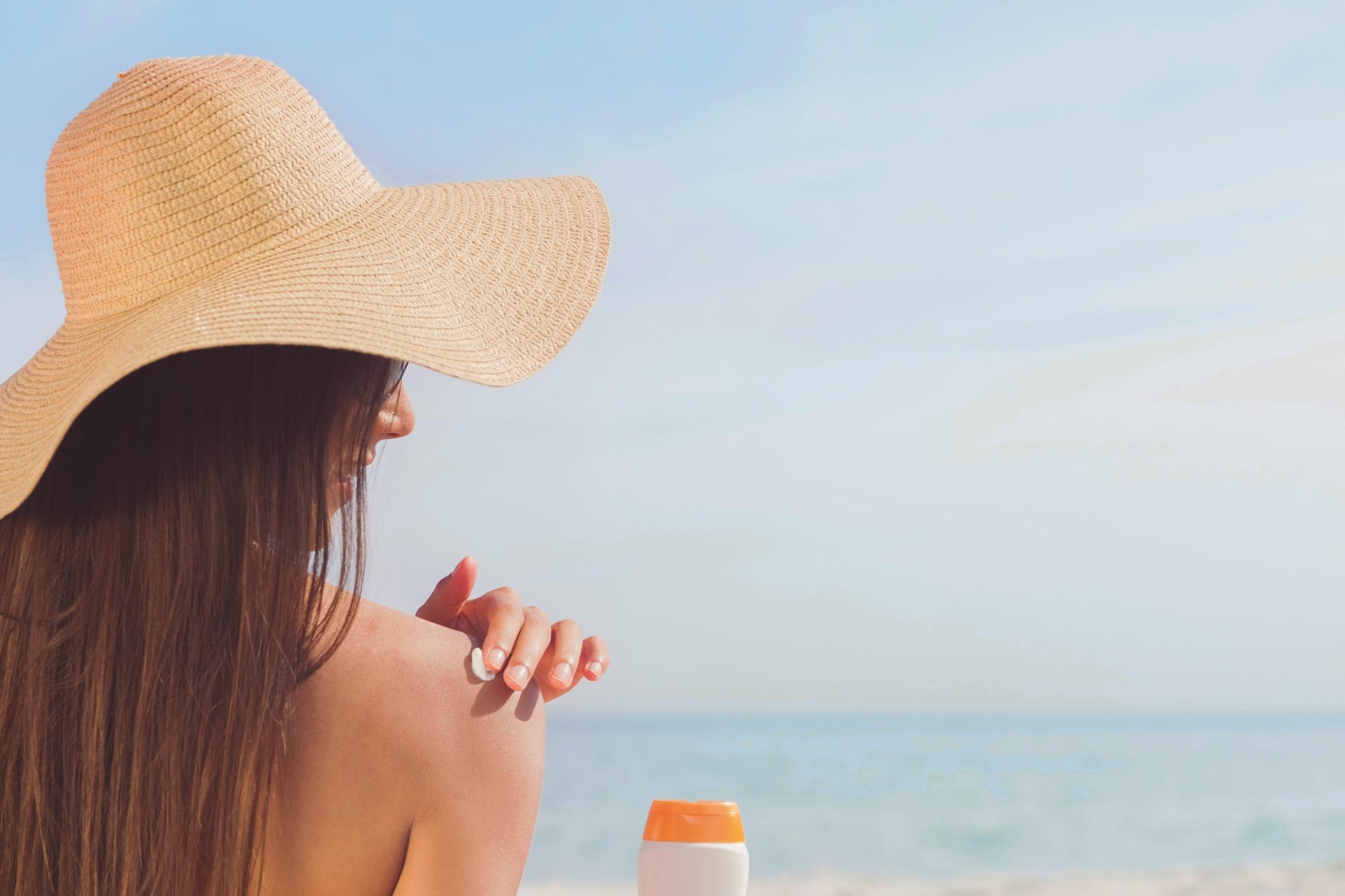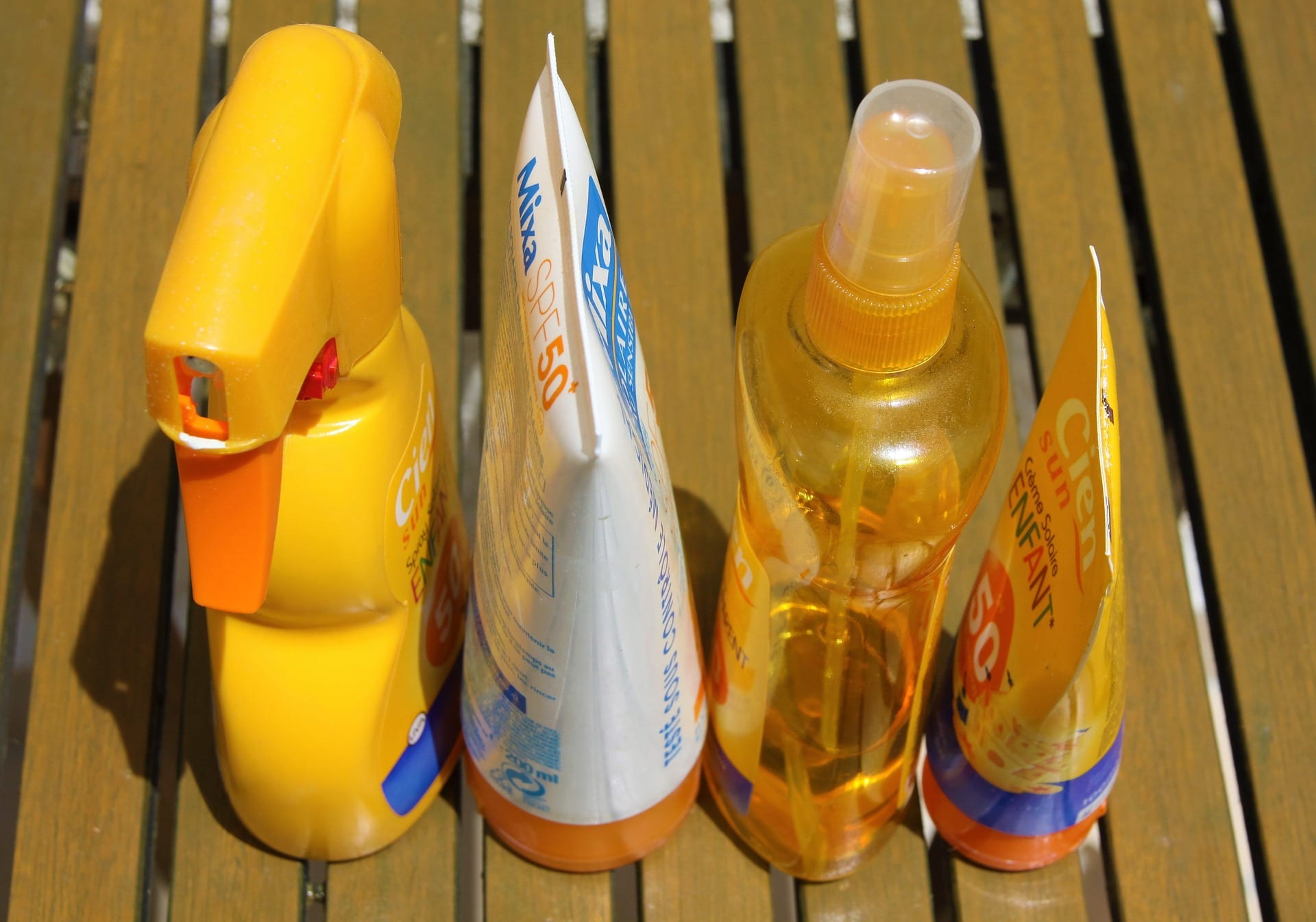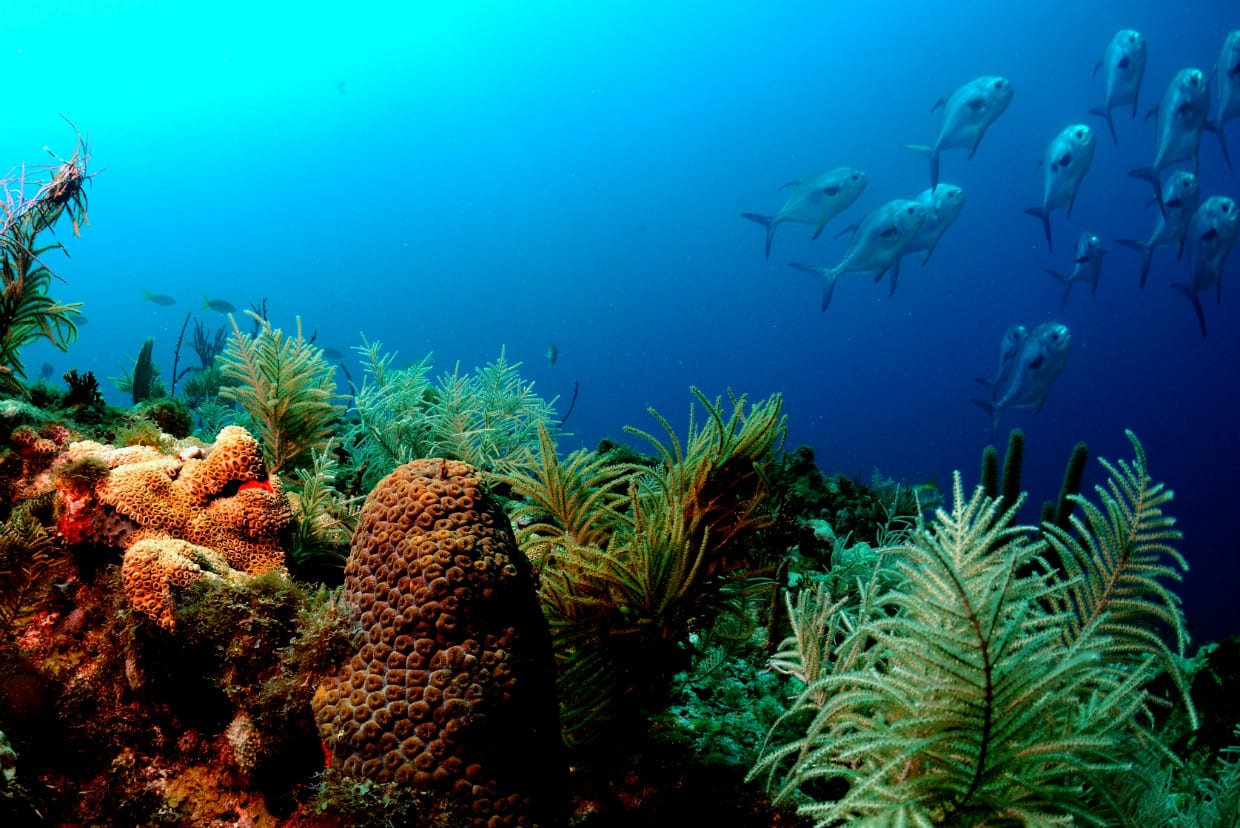This is infuriating. The nerve of some people is enough to make your blood boil.
For some reason, there’s a trend in Asian countries of Western backpackers asking the locals for money to help finance their travels. There’s nothing like asking someone who has to go to work every day to give you some cash so YOU don’t have to work, right?
Jeeeez…
Obviously, the locals in these places are not fans of these folks, and I don’t blame them one bit. Let’s take a look, shall we?
1. Especially insulting in a working-class neighborhood
2. F*ck off
Just f*ck off already! Yet another begging white #begpacker scumbag in Seoul's Jongno 3-ga, as usual in front of elderly and poor people who cannot comprehend how the mighty white man is in need, so share their pennies.
Claims he's lost wallet, needs your cash. Zero crackdown. pic.twitter.com/s0dsD37jz6
— Raphael Rashid (@koryodynasty) June 29, 2019
3. Begging
Beg packers – tourists who travel with the intent to beg for money from the locals to fund further travel. Peep the sign, too from ChoosingBeggars
4. Shameless
The defiant sniggering face on this shameless #begpacker's face when I report her to police here in Seoul's Jongno 3-ga. She obviously pretended not to speak a word of English. Such an old trick. And then police don't know what to do. Calling immigration would be a good start. pic.twitter.com/ilOjxHrRsk
— Raphael Rashid (@koryodynasty) June 26, 2019
5. Great! They brought kids!
Beg packers
with a 4 year old child #begpacker pic.twitter.com/KHYDr8k62n
— LambtonQuay (@LambtonQuay) August 30, 2018
6. Please support me
7. Uggghhh
white people who galavant throughout asia w/o needing a visa and then beg for money on the street don't deserve rights pic.twitter.com/mjL9GK2tOg
— cham | currently playing fe3h (@CHIMCHAMS95) December 24, 2018
8. D-bags
9. Hugs!
10. So disrespectful
진짜 가난한 할배 vs 가짜 거지 #베그패커 More disgraceful #begpackers, lining the streets of Jongno, Seoul. In front of a grandfather picking trash to make a living. Poor Artem is desperate for your money to travel, again. He was here last week. pic.twitter.com/4c8StdyZfB
— Raphael Rashid (@koryodynasty) April 22, 2019
11. Traveling is a choice
12. Nope
13. Beggars
14. They look pretty happy to me
Poor foreigners, only in #Bangkok #Thailand pic.twitter.com/3tOYwITnGQ
— Solo Traveller
(@ImSoloTraveller) January 17, 2016
15. Privilege
"여행중이다 돈 필요하다" 아니 근데 이제 매일 생기는 일이네 백인 특권으로 가난한 종로 할매 할배 돈 뜯네 단속도 없고. #베그패커 White privilege: another peasant #begpacker begging for travel money in Seoul's Jongno 3-ga, in front of old gramma and grandpa. 200m away is a food bank. pic.twitter.com/CLftUQEwjR
— Raphael Rashid (@koryodynasty) April 13, 2019
Uggghhhh…some people…
The post People in Asia Are Sick of “Begpackers” Asking for Money to Fund Their World Travels appeared first on UberFacts.
 ~ toronto
~ toronto  ~
~ A fellow Malaysian pointed this out and I'm really baffled why this is even happening. Is this really happening or some sort of prank??
A fellow Malaysian pointed this out and I'm really baffled why this is even happening. Is this really happening or some sort of prank?? So, you're from a developed country traveling to a 3rd world country begging for money?
So, you're from a developed country traveling to a 3rd world country begging for money?  Why not get a job and save up for your doggone trip like everyone else? Don't give the rest of us in the developed country this image.
Why not get a job and save up for your doggone trip like everyone else? Don't give the rest of us in the developed country this image. Am I wrong to think this entitlement issue is getting way out of hand??? What do you think?
Am I wrong to think this entitlement issue is getting way out of hand??? What do you think? . . #Entitlement #Millenial #travelling #freeloader #begpackers #norespect #respect #backpacking #digitalnomad #nomad #travel #travelasia #bethechange
. . #Entitlement #Millenial #travelling #freeloader #begpackers #norespect #respect #backpacking #digitalnomad #nomad #travel #travelasia #bethechange What ever happened to “Free Hugs”? #japan #gaijin #travel #streetphotography #begpackers
What ever happened to “Free Hugs”? #japan #gaijin #travel #streetphotography #begpackers . . . . . #dogbarkparkinn #idaho #dogsofinstagram #airbnb #dog #beagle #stayandwander #idahoexplored #lifeofadventure #exploremore #letsgosomewhere #discoverearth #passionpassport #darlingescapes #wearetravelgirls #dametraveler #idahogram #beautifuldestinations #postcardplaces #mytinyatlas #traveldeeper #nothingisordinary #pursuepretty #thehappynow #flashesofdelight #sheisnotlost #makemoments #roadsideamerica #abmtravelbug #roadtrip
. . . . . #dogbarkparkinn #idaho #dogsofinstagram #airbnb #dog #beagle #stayandwander #idahoexplored #lifeofadventure #exploremore #letsgosomewhere #discoverearth #passionpassport #darlingescapes #wearetravelgirls #dametraveler #idahogram #beautifuldestinations #postcardplaces #mytinyatlas #traveldeeper #nothingisordinary #pursuepretty #thehappynow #flashesofdelight #sheisnotlost #makemoments #roadsideamerica #abmtravelbug #roadtrip 음비선생
음비선생


 : @clean_the_world_asia
: @clean_the_world_asia
 and all the kids loved petting her fluffy hair•When the goodbyes were said, each child got to choose a button of one of the horses•Surprisingly, there were no duplicates
and all the kids loved petting her fluffy hair•When the goodbyes were said, each child got to choose a button of one of the horses•Surprisingly, there were no duplicates Such a cute way to share Martha with a tiny little population and add more exposure to kids as we continue our goal for her therapy work
Such a cute way to share Martha with a tiny little population and add more exposure to kids as we continue our goal for her therapy work Think about all the good that comes from exposing a child to a horse at this young and how it effects their future feelings towards them
Think about all the good that comes from exposing a child to a horse at this young and how it effects their future feelings towards them
 #iceland #icelandicphallologicalmuseum #penismuseum
#iceland #icelandicphallologicalmuseum #penismuseum #worldelephantday . . . #icelandicphallologicalmuseum #throwback #omg #impressive
#worldelephantday . . . #icelandicphallologicalmuseum #throwback #omg #impressive

